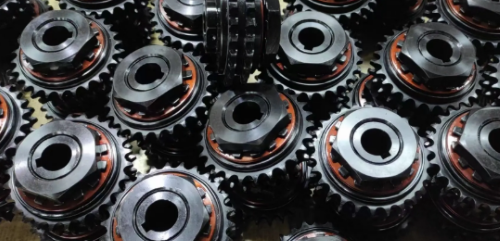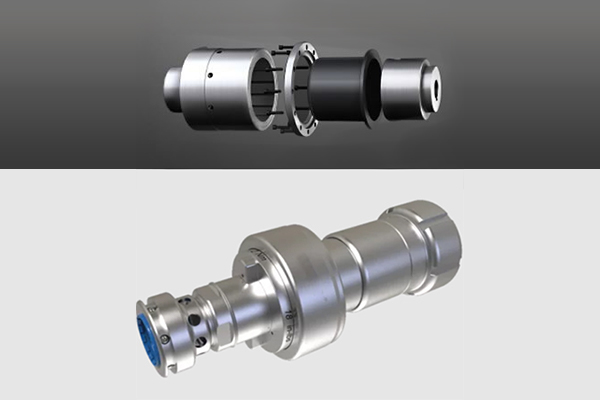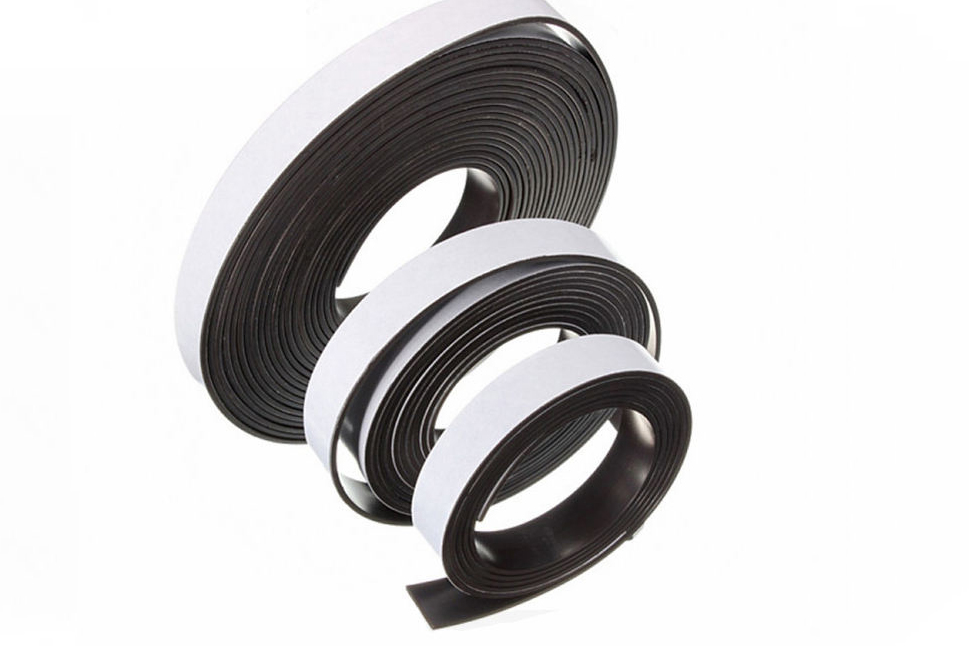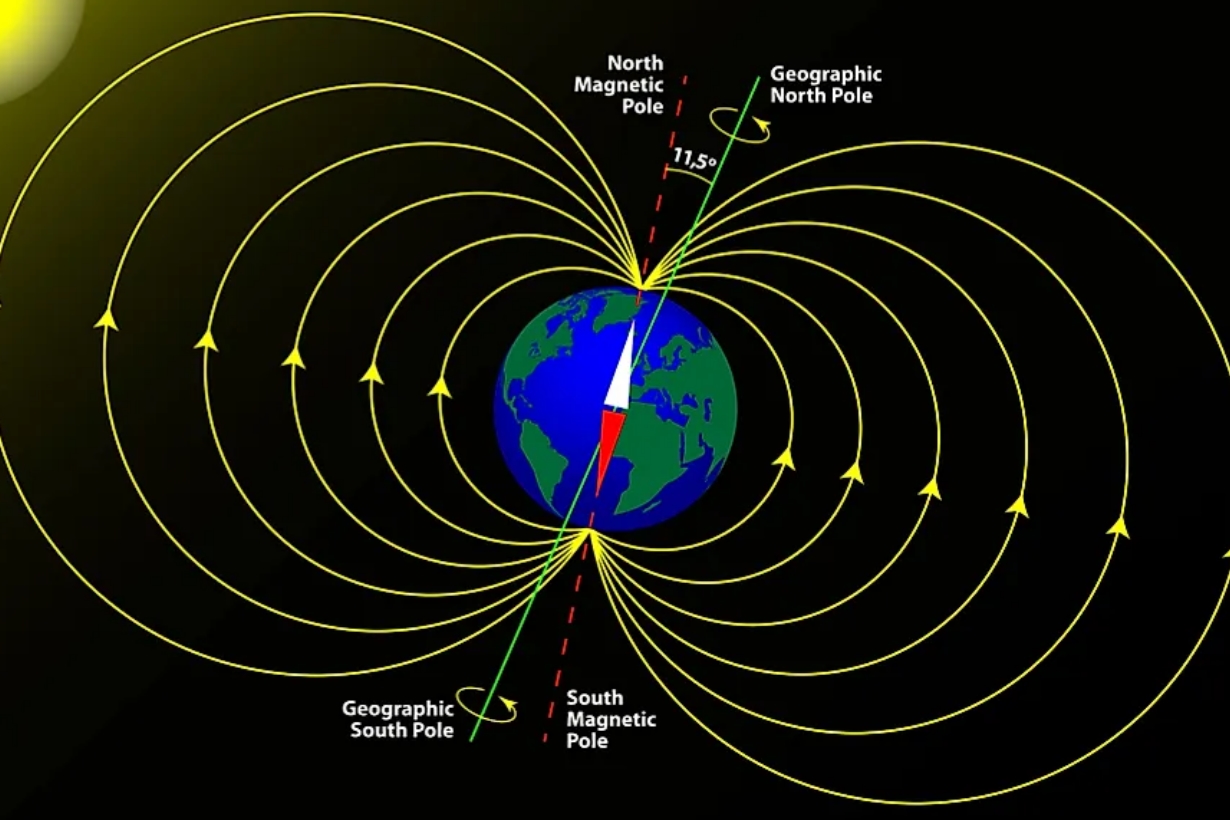All about Torque Limiting Couplings
Picture this: a bustling packaging line in a snack factory suddenly grinds to a halt. A stray bag jams the conveyor, but the motor, unaware of the obstruction, continues to push relentlessly. Then—BANG!—a gearbox shatters. The result? $20,000 in repairs and two days of lost production. Scenarios like these are exactly why torque limiting couplings exist. Acting as the "circuit breakers" of the mechanical world, these devices prevent catastrophic damage by slipping or disengaging when torque exceeds safe limits.

How Torque Limiting Couplings Work
To understand their function, think of a car’s clutch. When the engine stalls, the clutch slips, sparing the crankshaft from snapping. Torque limiters operate on a similar principle but with far greater precision. For instance, a common design uses stacked friction plates—much like those in a motorcycle clutch—paired with springs that maintain pressure. At a bottling plant I visited, the couplings were calibrated to slip at 50 Nm, ensuring smooth operation under normal conditions while protecting the machinery during jams.

Real-World Applications and Protection
The value of torque limiting couplings becomes even clearer in high-stakes environments. Take wind turbines, for example. A sudden gust of wind could wreak havoc on the gearbox, but a well-designed coupling slips first, absorbing the excess force. Vestas, a leading wind turbine manufacturer, reports that these couplings prevent 73% of potential gearbox failures. Maintenance crews at a Texas wind farm shared that before installing advanced torque limiters, they replaced gearboxes annually. Now, the same gearboxes last five years or more.
Key Specifications at a Glance
For a standard 100mm magnetic coupling, the numbers speak for themselves:
- Handles up to 800 Nm torque
- Reacts in under 0.1 seconds
- Costs ~$350 (versus thousands in potential repairs)
- Endures 5 million cycles
Here’s how they scale across applications:
|
Parameter |
Description |
|
Torque Range |
0.1 Nm to 10,000 Nm (varies by model) |
|
Response Time |
Instantaneous slip or delayed reaction |
|
Accuracy |
±5–10% of the set torque limit |
|
Operating Speed |
Up to 10,000 RPM (depends on design) |
|
Material |
Steel, aluminum, or composite alloys |
|
Environment |
Temperature range: -40°C to 150°C |
Structure of a Torque Limiting Coupling
These devices are ingeniously designed with several critical components:
1. Input & Output Hubs: Connect to the driving and driven shafts.
2. Friction Plates or Magnetic Elements: Transmit torque under normal conditions.
3. Spring Mechanism: Maintains pressure to keep the coupling engaged.
4. Release Mechanism: Triggers disengagement or slippage when torque exceeds the limit.
5. Housing: Protects internal components from dust, debris, and other environmental hazards.
Advanced models even incorporate permanent magnets—sourced from specialized magnets manufacturers—to create non-contact torque transmission systems, significantly reducing wear and tear.
Where You’ll Find Them in Action
Torque limiting couplings are everywhere, often working behind the scenes to protect critical systems:
1. Automotive Steering: If you hit a curb, the coupling safeguards the steering rack.
2. Hospital MRI Machines: Prevents damage if a metal object accidentally enters the scan room.
3. Industrial Robot Arms: Stops motors from self-destructing when they encounter unexpected obstacles.
The Future: Smarter, Lighter, and More Efficient
The next generation of torque limiters is poised to revolutionize maintenance and performance. For example, smart couplings can now send real-time alerts to your phone when they slip. At a BMW plant in Germany, these IoT-enabled devices have slashed downtime by 40% by notifying mechanics of potential issues before they escalate.
Emerging trends include:
1. Smart Couplings: Equipped with sensors for continuous torque monitoring.
2. Magnetic Couplings: Leveraging high-performance magnets for wear-free operation.
3. Lightweight Materials: Carbon fiber and composites for high-speed applications.
4. Self-Resetting Designs: Automatically re-engage after an overload event.
Why Torque Limiters Matter
The next time your factory avoids a costly breakdown or your car’s power steering survives a pothole, take a moment to appreciate the torque limiter silently doing its job. As one engineer aptly put it: “They’re like insurance—you don’t notice them until you really need them.”
If you’re wondering whether your equipment could benefit, here’s a simple rule of thumb: if a jam or overload could cost you more than $1,000 in repairs, investing in a $300 torque limiter is likely a wise decision.
Specialized magnets manufacturers play a pivotal role in advancing torque limiter technology. Stanford Magnets and other reliable permanent magnet suppliers produce high-grade neodymium or samarium-cobalt magnets.
In essence, torque limiting couplings are a small investment. They protect machinery, save money, and keep operations running smoothly. Whether in a snack factory or a wind farm, these devices prove that sometimes, the most impactful innovations are the ones you never see.















